If you are curious about what a magnifying glass is, please read the following:
Magnifying glass is a simple visual optical device used to observe small details of an object. It is a convergent lens with a focal length much smaller than the bright distance of the eye. The size of an object imaged on the human retina is proportional to the angle of the object to the eye (viewing angle).
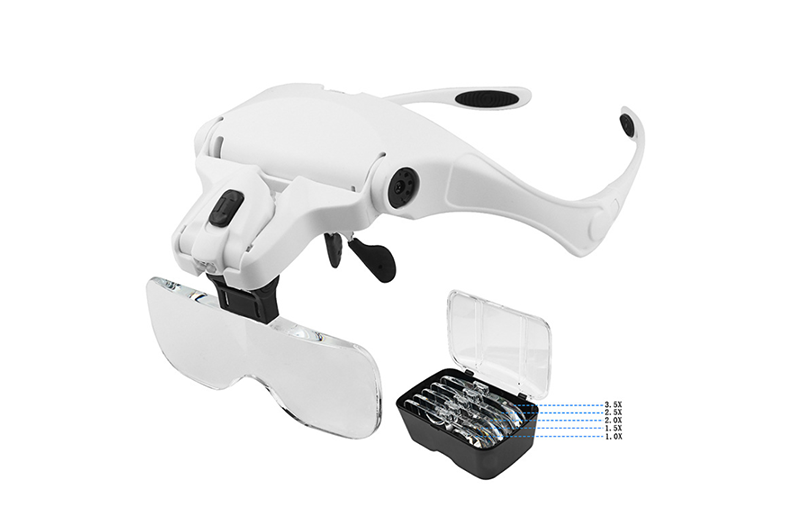
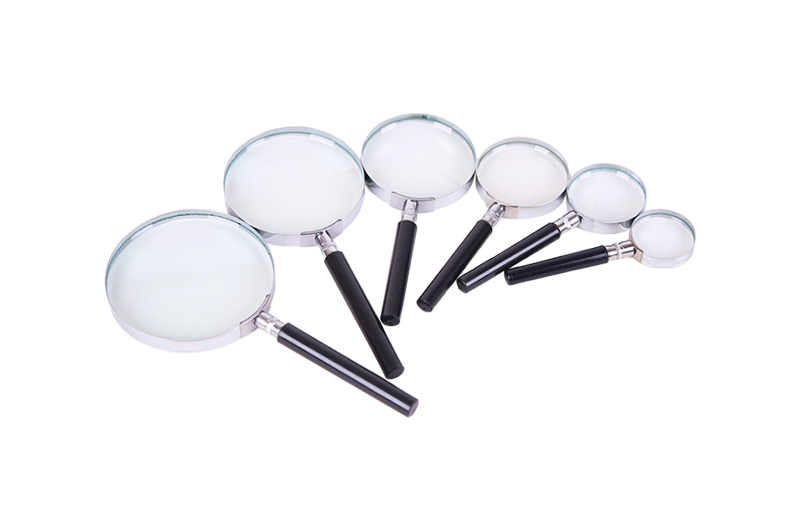
Brief introduction:
The larger the angle of view, the larger the image, and the more able to distinguish the details of the object. Moving closer to an object can increase the viewing angle, but it is limited by the focusing ability of the eye. Use a magnifying glass to make it close to the eye, and place the object within its focus to form an upright virtual image. The magnifying glass is used to magnify the viewing angle. Historically, it is said that the application of magnifying glass was proposed by grosstest, a bishop of England in the 13th century.
As early as a thousand years ago, people have ground transparent crystals or transparent gemstones into “lenses“, which can magnify images. Also known as convex lens.
Principle:
In order to see a small object or the details of an object clearly, it is necessary to move the object close to the eye, which can increase the viewing angle and form a large real image on the retina. But when the object is too close to the eye, it can’t see clearly. In other words, to be observant, you should not only make the object have a large enough angle to the eye, but also take an appropriate distance. Obviously, for the eyes, these two requirements restrict each other. If a convex lens is configured in front of the eyes, this problem can be solved. Convex lens is the simplest magnifying glass. It is a simple optical instrument to help the eye observe small objects or details. Taking a convex lens as an example, its amplification power is calculated. Place the object PQ between the object focus of the lens L and the lens and make it close to the focus, so that the object forms an enlarged virtual image p ′ Q ‘through the lens. If the image square focal length of the convex lens is 10cm, the magnification power of the magnifying glass made of the lens is 2.5 times, written as 2.5 ×. If we only consider the magnification power, the focal length should be shorter, and it seems that any large magnification power can be obtained. However, due to the existence of aberration, the amplification power is generally about 3 ×。 If a compound magnifying glass (such as eyepiece) is used, the aberration can be reduced and the magnification can reach 20 ×.
Usage method:
Observation method 1: let the magnifying glass close to the observed object, the observed object does not move, and the distance between the human eye and the observed object does not change, and then move the hand-held magnifying glass back and forth between the object and the human eye until the image is large and clear.
Observation method 2: the magnifying glass shall be close to the eyes as far as possible. Keep the magnifying glass still and move the object until the image is large and clear.
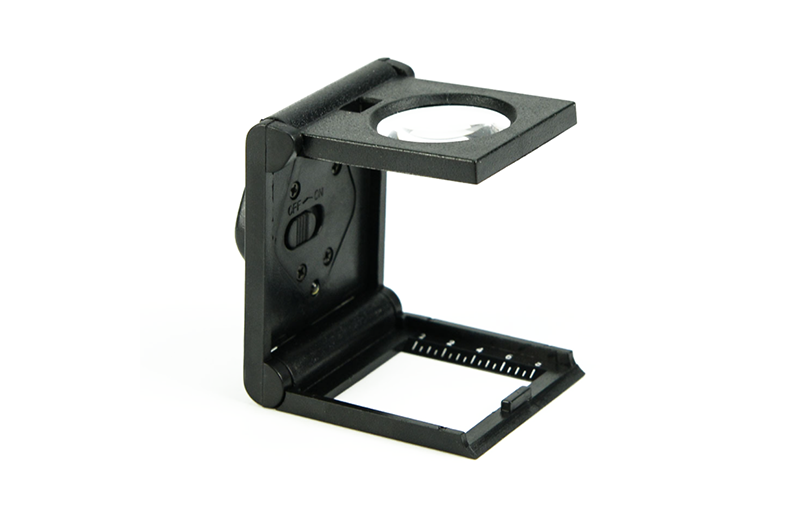
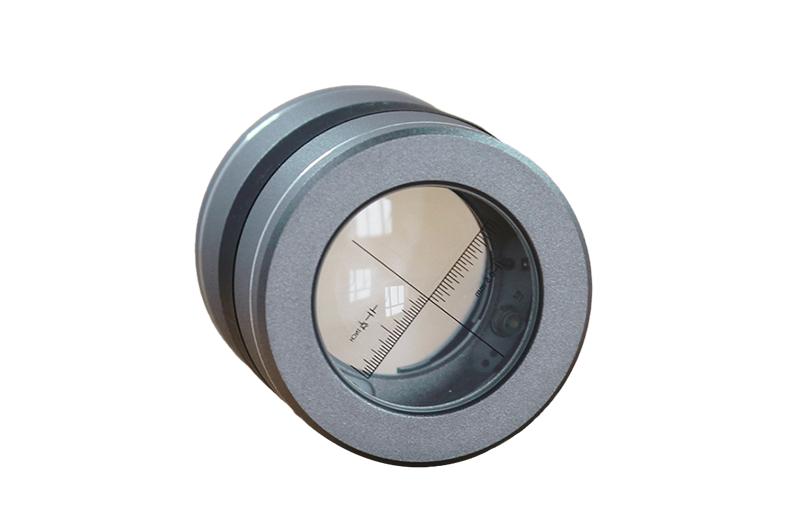
Main purpose:
It is used to observe paper and printing outlets of banknotes, tickets, stamps, coins and cards in finance, taxation, philately and electronic industries. It can accurately and quickly identify counterfeit banknotes with high resolution. If the purple light detection is not accurate, use the instrument.
It can be accurately identified. The real RMB has clear lines and coherent lines under the microscope. The patterns of counterfeit banknotes are mostly composed of dots, discontinuous lines, light color, fuzzy and no three-dimensional feeling.
Used in the jewelry industry, it can observe the internal structure of gemstones, cross-section molecular arrangement, and analyze and identify ore samples and cultural relics.
For printing industry, it can be used for fine plate, color correction, dot and edge extension observation, and can accurately measure the mesh number, dot size, overprint error, etc.
Used in textile industry, it can observe and analyze the fabric fiber and warp and weft density.
It is used in the electronic industry to observe the routing stripes and quality of printed circuit board copper platinum board.
It is used for observation and Research on bacteria and insects in agriculture, forestry, grain and other departments.
It can also be used for animal and plant specimens, identification and analysis of evidence by public security departments, scientific experimental research, etc.
Thank you for your reading. If you need more help, please kindly contact us. Thank you.
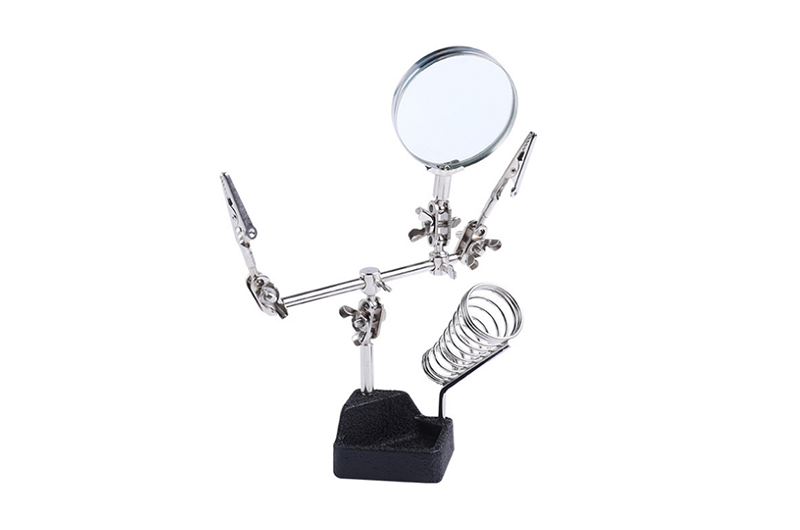
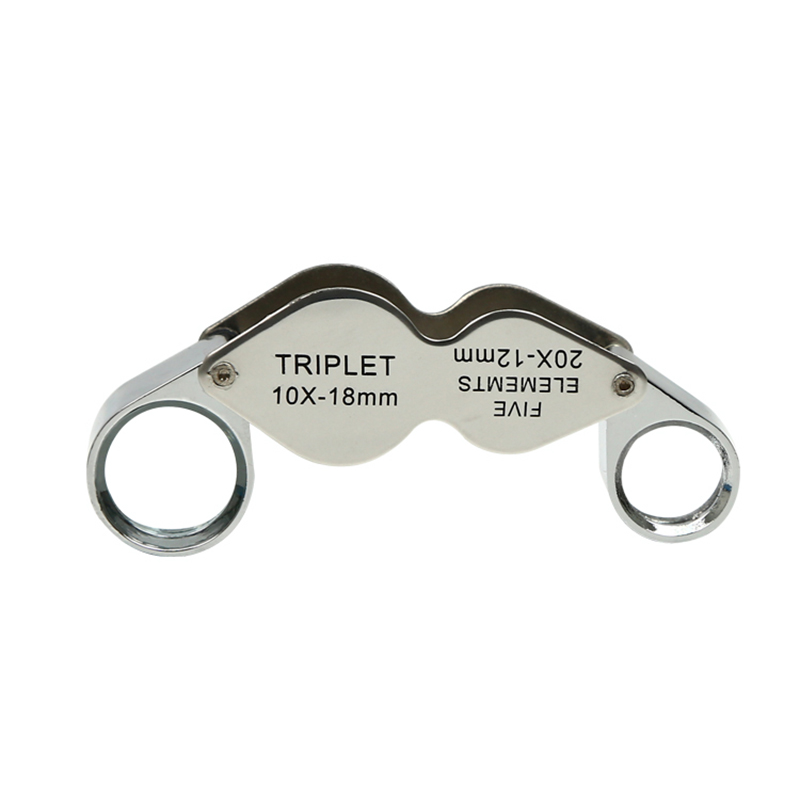
Post time: Oct-20-2021





